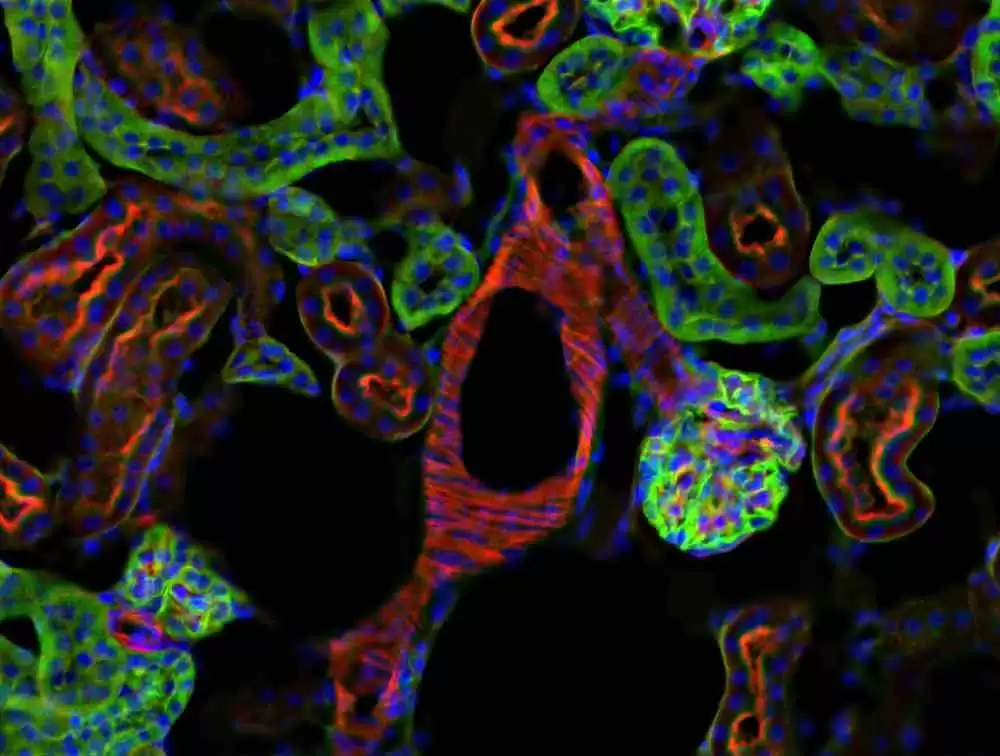
Celiac.com 05/16/2020 - Yes, I’m “just a vet,” but I have realized something very important. If MDs studied veterinary medicine like I have studied human medicine, we would be a lot further down the road toward solving many medical puzzles.
For instance, dogs get multiple sclerosis (MS). We call it degenerative myelopathy. It occurs primarily in large breed dogs, with German Shepherds being the number one victim. In fact, the condition in the dog is so similar to that in people that it was once thought that humans may have contracted it from dogs. (As canine distemper virus is a paramyxovirus, and with measles and mumps being paramyxoviruses, such transmission may be possible, especially when we see that many viruses that afflict humans are harbored in animals). If the distemper virus is causing it, why do such a small, select number of dogs get it? Why don’t we see it across the board in all breeds? If it were a parasite (which is highly unlikely), then the same would be true... it should not select the specific breeds. Thus, since genetic traits are specific to breeds, we have to look at “genetics”.
Celiac.com Sponsor (A12):
But what are “genetics”? They are basically two things- Gene sequences that determine traits and body functions and sequences derived from viruses. Yes, approximately 45% of the genetic information in our DNA is from viruses. This is a very important “fun fact”. The DNA IS “command central.” It contains both the information for normal development and the potential for things to go wrong. Researchers have tried to nail down the “genetics” of MS for a long time but it just doesn’t seem to be working out for them. That’s because MS is complicated and multiple factors have to come together to make it happen.
What do we know, other than it happens in select breeds of dogs and that MDs think there is a hereditary link but can’t seem to prove it? M.S. occurs most prevalently in northern climates, above the 33rd parallel. Why? Relative lack of vitamin D, with the consequent lack of sunlight exposure being the main culprit, is the accepted theory. I think they are right. Vitamin D is crucial for the immune system to function properly. A recent medical study boldly proclaimed that if all Americans took an effective vitamin D supplement, we would cut the cancer risks by over a 1/3. Air pollution, which is horribly neurotoxic and immune suppressive, also has a major detrimental effect on MS patients. It does sound like an immune system problem (weakness) doesn’t it?
So, what is being unleashed by this weakened immune system? A parasite? (Not likely...we would have SEEN that microscopically long ago. Also, parasites would not be nearly so selective.). A bacteria? ( For the same reasons, this isn’t likely either. A virus? Ahhh...maybe. But why haven’t researchers been able to culture it or at least identify it yet? Perhaps because it is already in the DNA, as is suggested by the limited number of breeds of dogs that are afflicted? We know this happens in the case of retroviruses and cancer.
What we also know is that there are some viruses that require “helper” viruses that provide essential amino acid sequences that are missing in the genetic make-up of the primary virus or segment already in place in the DNA. This is well established. Imagine someone who has that incomplete sequence in their DNA then contracts a virus that supplies the missing information. It is like someone putting the right code into a stalled computer....suddenly it starts running. This would help explain the relatively uncommon incidence of MS in both species as well as the “genetic” tendency that investigators just can’t seem to find. It would also explain the demise of the immune system, nutrition, the northern climate prevalence (the vitamin D connection), and just about every other loose end that we have before us right now.
With this kind of “idiopathic condition” (MS, epilepsy, Alzheimer’s, Parkinson’s, etc.) we should be looking for a “syndrome”...a number of factors that come together that produce a particular range of results.
The really cool thing to see is the role that the big “4” foods play in all of this. Just add the potentially cataclysmic effects of the malabsorption syndrome that goes along with the intolerance (to gluten, casein, soy, corn, which dominate our diet) the direct effect of lectins on cellular function, and the role of viruses, both overt and those whose information is already embedded in our very genome.
We need to study all we can about these three things: food intolerance; lectins, and; viruses. If we do, the world of medicine will open up before us. It becomes readily apparent that bacteria, parasites, and fungi/yeast are secondary players. They are opportunists that arise and cause problems as this process unfolds. In fact, I look at them as the clues that can help us understand what is missing - our immune system and microscopic damage done to our tissues. Once we examine them in this way, then we can see them as warning signs to go along with the other signs that preceded their arrival, such as heartburn, IBS, allergies, asthma, chronic fatigue, insomnia, etc. etc.











Recommended Comments
There are no comments to display.
Create an account or sign in to comment
You need to be a member in order to leave a comment
Create an account
Sign up for a new account in our community. It's easy!
Register a new accountSign in
Already have an account? Sign in here.
Sign In Now